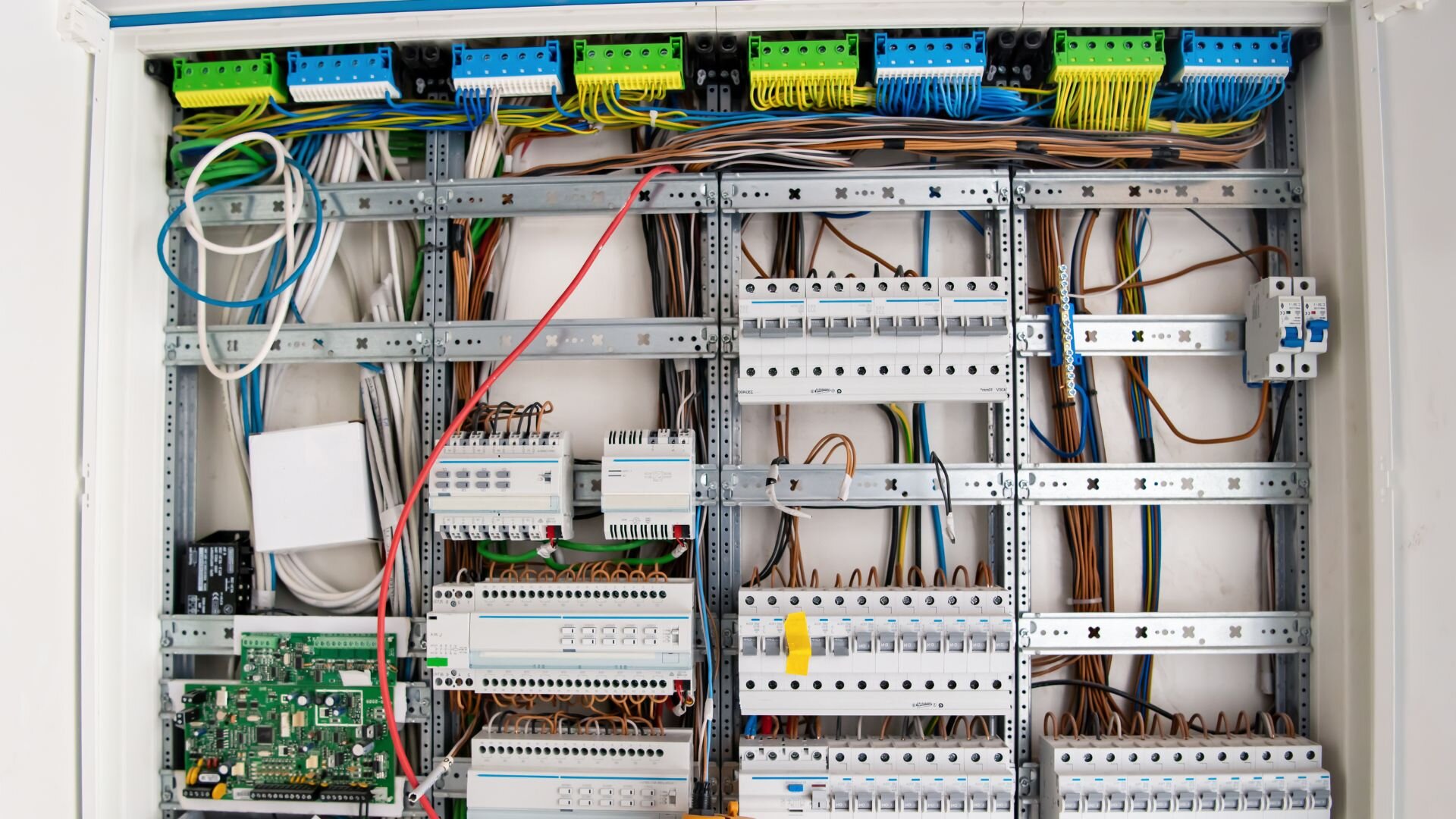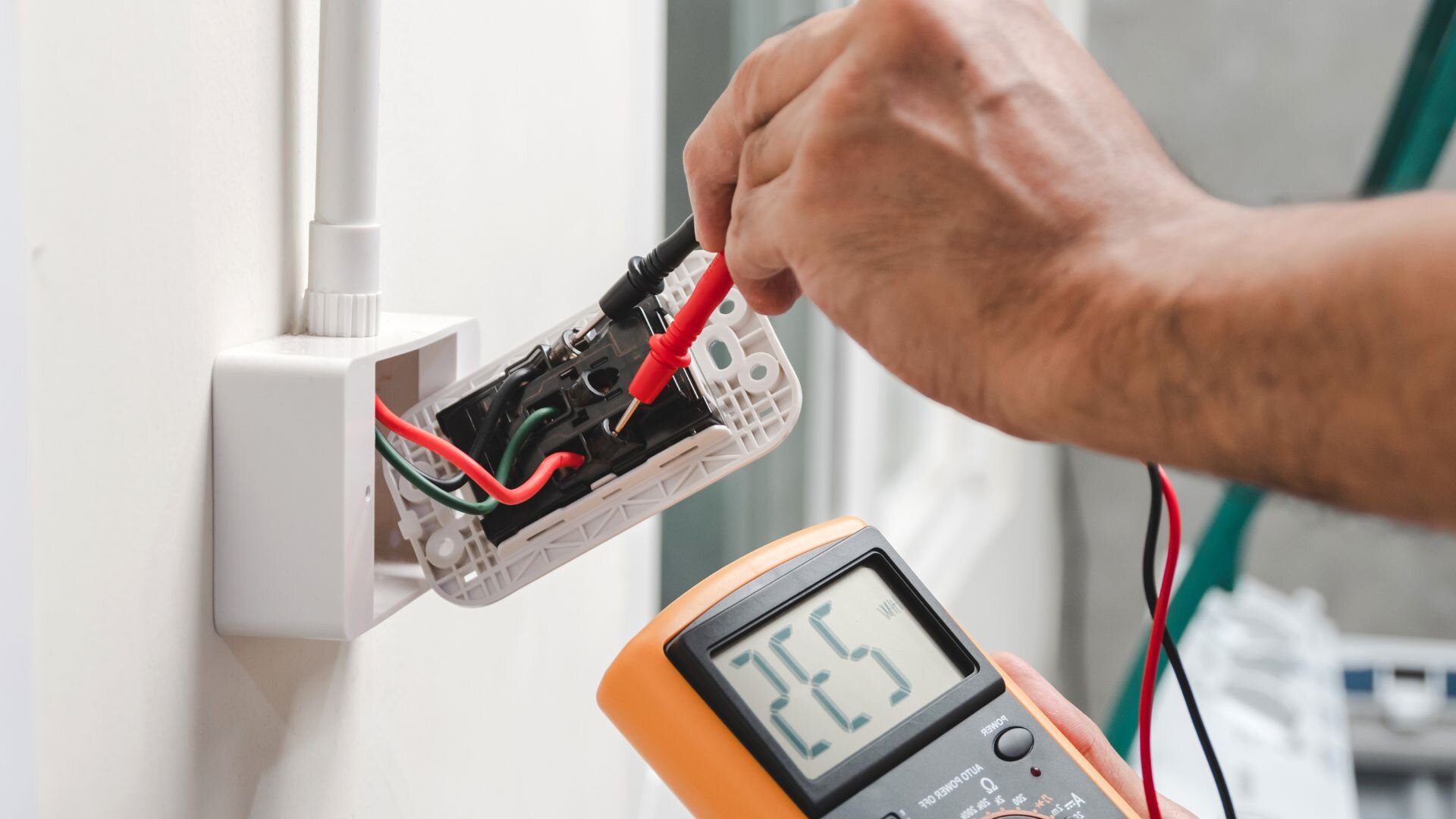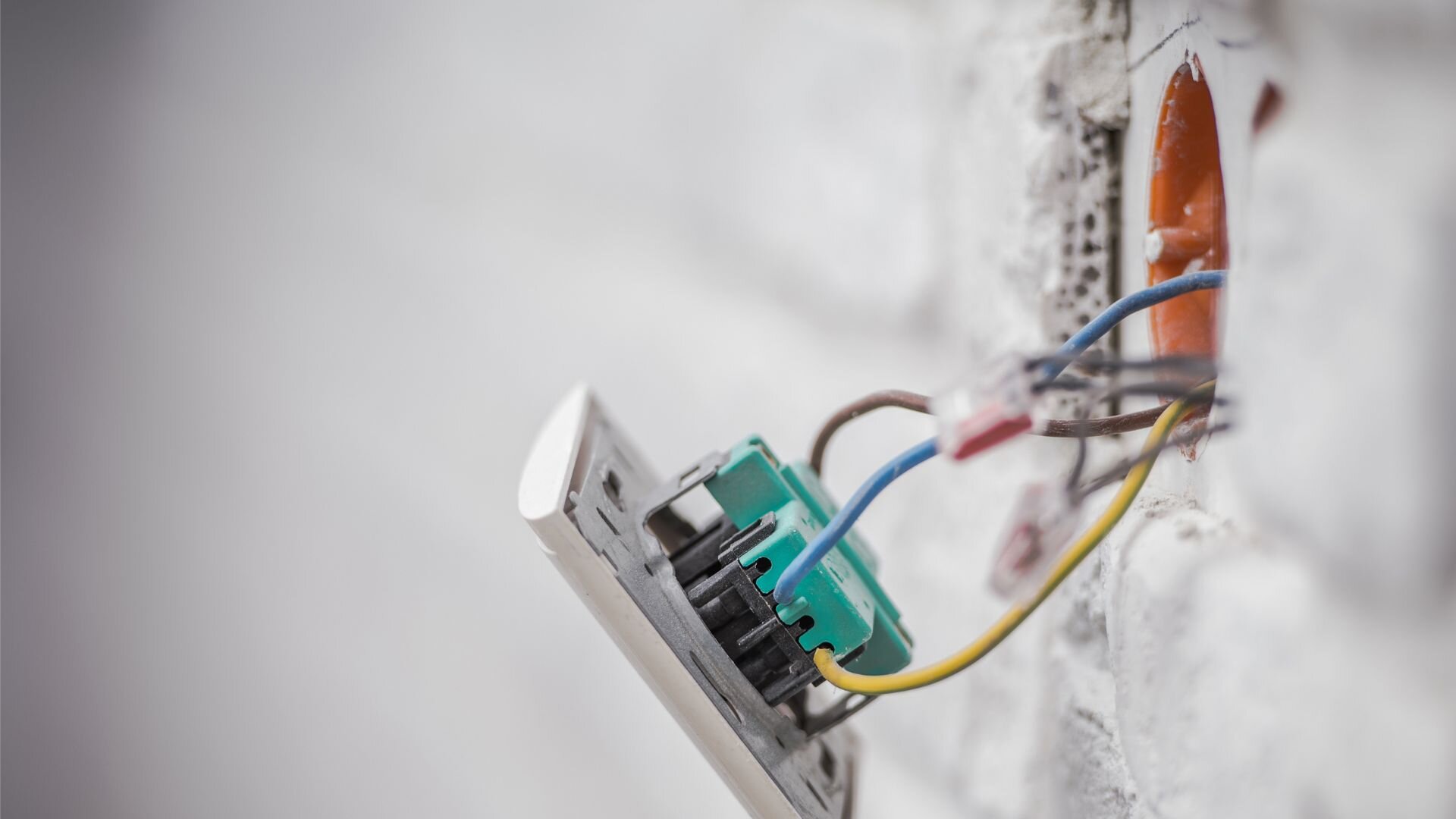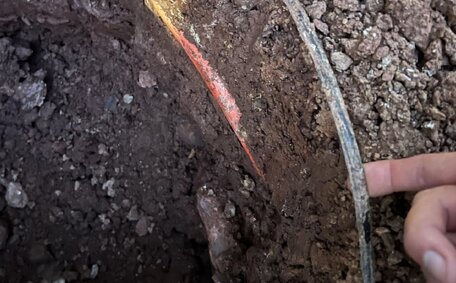Electrical problems at home can disrupt daily life and pose serious safety risks. Addressing these issues quickly helps prevent hazards such as electrical fires or shocks. Simple diagnostic techniques empower homeowners to identify the source of common problems, reducing the stress and inconvenience caused by unexpected faults.
Understanding basic troubleshooting methods can save time and provide clarity before seeking help. For example, recognising signs like flickering lights or tripped breakers allows for quicker solutions to simple issues. Safe, practical steps often eliminate minor problems without requiring advanced skills.
While someelectrical faultsare easy to diagnose, complex situations demand professional expertise. Attempting to fix intricate issues can lead to further damage or danger. Electricians bring experience, tools, and knowledge to repair systems safely and efficiently. Knowing when to call for expert help is essential for maintaining a safe home.
Recognising Common Signs of Electrical Problems
![2025 01 Electrical Switchboard Troubnleshooting Electrical Switchboard Troubnleshooting]()
Electrical issues often present warning signs that should be addressed to prevent serious problems. Below are common indicators and their potential causes.
Flickering or Dimming Lights
Flickering or dimming lights might be a sign of loose connections, faulty wiring, or aging fixtures. If the lights dim when appliances are on, it could mean an overloaded circuit. It’s essential to address these problems swiftly to maintain safe, reliable lighting.
Unusual Noises from Outlets or Switches
If you hear buzzing or crackling coming from outlets or switches, that’s often a sign of damaged wiring or poor connections. Normally, these should be silent. If you notice noises, stop using the outlet and contact a professional for an inspection.
Frequent Circuit Breaker Trips
Frequent circuit breaker trips may result from overloaded circuits, short circuits, or faulty devices. Persistent tripping is a clear sign of deeper issues in the electrical system. Resetting a breaker once is fine, but repeated trips indicate the need for professional evaluation.
Burning Smells or Scorch Marks
Burning smells or scorch marks around outlets or switches are severe warnings. These issues often stem from overheating or damaged wiring, posing a significant fire risk. If such signs are noticed, turn off the power immediately and seek expert assistance.
Safe Assessment Tips
Be sure to switch off the power before you check any outlets or fixtures for a safe assessment. It’s wise to use a torch to look at visible wires or connections without touching them. Test devices only when you’re certain the area is safe to handle. Spotting these signs early on can help keep things safe and ward off further issues.
Essential Tools for Electrical Diagnostics
Having the right tools for electrical diagnostics is essential for safely identifying and resolving typical problems. Below are key tools and their uses.
Simple Tools for Electrical Diagnostics
Each tool plays a vital role in diagnosing electrical issues safely and efficiently.
- A voltage tester ensures safe handling by detecting the presence of current in outlets, wires, and circuits. This helps confirm whether a circuit is live, allowing you to proceed with inspections or repairs without unnecessary risks.
- A multimeter provides detailed measurements of voltage, current, and resistance, making it invaluable for pinpointing faulty connections, voltage drops, or devices that are not functioning as they should. It offers precise data that guides troubleshooting efforts and helps identify underlying problems.
- A screwdriver is essential for gaining access to electrical components during inspections. It lets you remove outlet covers, tighten loose connections, or open panels without damaging the equipment. Its versatility makes it a must-have for basic electrical diagnostics.
- Wire strippers are crucial when working with damaged wires or creating new connections. They allow for safe insulation removal without harming the underlying conductor, ensuring secure and effective repairs or installations.
- A circuit tester adds another layer of assurance by verifying that outlets or circuits are correctly wired and functioning. This tool highlights any miswiring or faults, ensuring the electrical system operates safely and reliably.
Every tool is crucial in ensuring that diagnosing and fixing electrical problems is done safely and accurately. Having the right equipment is half the battle when it comes to effectively solving electrical issues.
Importance of Safety
All tools must be insulated and explicitly designed for electrical work to reduce the risk of shocks or accidents. Non-conductive materials and high-quality designs add an extra layer of protection during use. Taking these precautions ensures that tools remain safe and effective when diagnosing issues.
![2025 01 Testing Electrical Renovations Testing Electrical Renovations]()
Step-by-Step Techniques for Diagnosing Electrical Problems
Diagnosing electrical issues at home involves systematically identifying problems and maintaining safety. Below are practical methods to address common concerns.
Inspecting the Circuit Breaker Panel
- Open the breaker panel and look for any switches in the "off" or middle position, which indicates a trip.
- Reset a tripped breaker by entirely switching it to the "off" position, then back to "on."
- Monitor the breaker after resetting. Repeated tripping often points to a short circuit or an overloaded system that needs further attention from a professional.
Testing Electrical Outlets
- Use a voltage tester to check if the outlet is delivering power. Insert the tester’s probes into the slots to confirm electrical flow.
- Please switch off the circuit breaker controlling the outlet before removing its cover for closer inspection.
- Examine the wiring for wear, loose connections, or visible damage, such as burnt or melted sections requiring repair or replacement.
Examining Light Fixtures
- Check for loose connections or damaged sockets in the fixture. Ensure the bulb is tightly secured and not burnt out.
- Replace the bulb to rule out simple issues, such as faulty or blown bulbs, as the cause of malfunction.
- Always turn off the power before working on light fixtures to avoid the risk of electric shocks during the inspection.
Checking for Overloaded Circuits
- Identify signs of an overloaded circuit, such as frequent breaker trips, warm outlets, or lights dimming when appliances run.
- Reduce the load by unplugging devices or distributing appliances across different circuits.
- Persistent signs of overload may indicate the need for circuit upgrades, which a licensed electrician should handle.
- Using these methods ensures a safer and more efficient approach to electrical problem-solving.
Safety Measures When Diagnosing Electrical Problems
Prioritising safety is a must when you’re sorting out electrical issues at home. Follow these steps to keep yourself and your property out of harm’s way.
Switching Off the Main Power Supply
Always turn off the main power supply before inspecting or working on electrical components. This step ensures circuits are de-energised, minimising the risk of electric shocks or accidental short circuits. Confirm the power is off using a voltage tester before proceeding.
Using Proper Safety Equipment
Put on insulated gloves to shield yourself from live wires, and use non-conductive tools so electrical currents don’t travel through the equipment to your hands. Make sure all tools are specifically made for electrical work and check them for any damage before using them to keep them effective.
Avoiding Complex Repairs Without Knowledge
Fixing complex electrical issues without proper training can lead to personal injury, further damage to your system, or even fires. Problems such asfaulty wiring, overloaded circuits, or concealed faults require specialised skills to resolve safely.
Consulting Licensed Electricians
When you hire a professional electrician for the tricky stuff, you can rest easy knowing the job is done safely and by the book. Electricians come equipped with the tools, smarts, and experience to spot and fix issues effectively. This not only gives you peace of mind but also long-term safety at home. Leaving it to the pros helps you avoid risks and guarantees dependable outcomes.
Preventative Maintenance Tips to Avoid Common Issues
![2025 01 Electrical Wires And Outlets Troubleshooting Electrical Wires Outlets Troubleshooting]()
Preventative maintenance is essential for keeping your electrical system safe and functional. Simple practices can help you avoid common problems and costly repairs.
Inspecting Outlets, Cords, and Appliances
Regularly check outlets, cords, and appliances for signs of wear or damage. Look for cracks, frayed wires, or burn marks on outlets and cords. Damaged equipment should be repaired or replaced immediately to prevent hazards such as electric shocks or fires. Keeping these components in good condition ensures a safer home environment.
Unplugging Unused Devices
Leaving unused devices plugged in can strain circuits and increase the risk of overload. Unplugging devices when not in use reduces energy consumption and prevents unnecessary wear on outlets and wiring. This simple habit also helps extend the life of your electrical system.
Installing Surge Protectors
Surge protectors shield electronics from voltage spikes caused by power surges. Protecting sensitive devices, like computers and televisions, ensures they remain functional and safe from damage. Surge protectors are a cost-effective solution for maintaining the longevity of your electronics.
Scheduling Regular Electrical Inspections
Regular inspections by licensed electriciansare crucial for identifying potential issues before they become serious. Professionals can spot hidden faults, assess the system’s capacity, and ensure it meets safety standards. Scheduling routine maintenance ensures the system’s reliability and protects your home from hazards.
Adopting these preventative measures helps maintain a safe and efficient electrical system, providing peace of mind and preventing unexpected issues.
When to Call a Professional Electrician
Knowing when to call a professional electrician is crucial for maintaining safety and resolving complex issues. Here are key situations and reasons to seek expert help.
Situations Requiring Professional Help
- Persistent Power Loss: Repeated outages that cannot be resolved through simple troubleshooting, such as resetting breakers, indicate a larger issue in the system.
- Exposed Wiring: Visible or damaged wires present serious safety risks, including electrical shocks or fires, and require immediate professional intervention.
- Unexplained Shocks: Experiencing shocks when using appliances or touching outlets suggests underlying electrical faults that need expert attention.
- Flickering Lights or Frequent Trips: Lights that flicker or breakers that trip regularly can indicate overloaded circuits, faulty wiring, or other hidden problems.
- Burning Smells or Scorch Marks: Unusual odours or marks around outlets and switches suggest overheating or damaged components, which can pose a fire hazard.
- Old or Faulty Systems: Homes with outdated wiring, frequently blown fuses, or systems struggling with modern electrical demands require upgrades or repairs by a licensed electrician.
Risks of DIY Fixes
- Injuries: Handling electrical systems without proper knowledge can result in serious harm.
- System Damage: Misdiagnosing faults or improper repairs can worsen the issue and increase costs.
- Non-Compliance: DIY fixes may violate local regulations, leading to fines or unsafe systems.
Benefits of Hiring an Electrician
- Expert Diagnosis: Electricians have the training to accurately identify the root cause of electrical issues, ensuring effective solutions.
- Proper Tools: Professionals use specialised equipment designed for safety and precision, reducing the risk of errors or accidents.
- Compliance with Regulations: Licensed electricians ensure all work adheres to local electrical codes and safety standards.
- Enhanced Safety: Their expertise minimises the risk of shocks, fires, or other hazards during and after repairs.
- Long-Term Reliability: Quality repairs and installations by electricians reduce the likelihood of recurring problems or breakdowns.
- Warranty and Insurance: Professional work is often backed by warranties and insurance, providing additional peace of mind and protection.
Stay Safe and Empowered with These Expert Electrical Tips
Regular vigilance and proactive maintenance ensure a safe and efficient home electrical system. Inspect outlets, cords, and appliances for wear or damage, unplug unused devices to reduce circuit strain, and consider installing surge protectors to safeguard electronics. Knowing when to call a professional is equally important—issues like persistent power loss, exposed wiring, or burning smells require expert attention to prevent hazards.
Bright Force Electrical is your trusted partner for all electrical repair and maintenance needs. With expertise in handling emergencies and ensuring customer safety, our licensed electricians deliver reliable, compliant solutions tailored to your home’s requirements. For immediate assistance or to schedule a consultation, contact Bright Force Electrical today and keep your home safe and secure.











